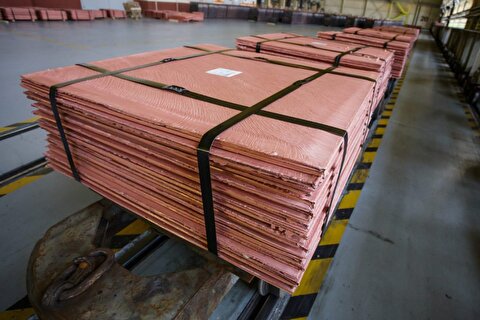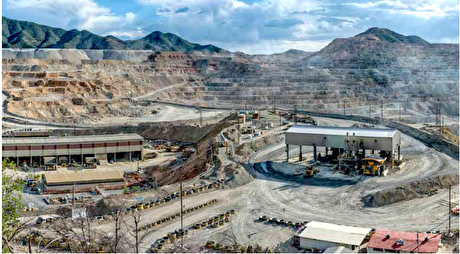
Hapag-Lloyd burned 28pc more low-sulphur fuel in 2019

Hapag-Lloyd mostly bought high-sulphur fuel oil (HSFO) last year, but the share of low-sulphur fuel consumed rose from 13pc in 2018 to 16pc last year. It consumed 3.66mn t of HSFO in 2019, along with a combined 720,000t of 0.5pc sulphur fuel oil and 0.1pc marine gasoil (MGO).
The company described the transition to comply with the International Maritime Organisation (IMO) 0.5pc sulphur cap as "smooth", but noted bunker price volatility in the months before and after the sulphur cap entered into effect on 1 January.
The firm paid an average of $416/t for its fuel last year, a drop of $5/t from 2018. It consumed a total of 4.38mn t of bunker fuel, down by 1pc from 4.40mn t in 2018.
Its fleet became 3pc more fuel efficient last year, burning 0.36t/twenty foot equivalent unit (TEU), and has become 41pc more fuel efficient since 2009.
The company took up a $100mn loan in September 2019 to finance exhaust scrubber installations on 10 of its owned and on nine of its chartered vessels. Scrubbers, which allow vessels to continue burning HSFO after 1 January 2020, typically cost between $2mn-5mn each.
The company turned a profit of €373mn last year, up from €46mn in 2018.
Hapag-Lloyd will pass on the higher costs for low-sulphur fuel this year to shippers, with bunker adjustment factors running for three-month periods from December 2019. It has hedged its remaining bunker price risk.
The company had forecast an average low-sulphur premium of $250/t and for the sulphur cap to add $1bn to its bunker bill in 2020. But premiums are now below $100/t, after a period of well over $300/t in early January, thanks to a combination of improved supply logistics for low-sulphur fuel at ports, coronavirus pandemic-related lockdowns and crude price moves arising from the breakdown of the Opec+ deal.
Hapag-Lloyd expects the pandemic to have a negative effect on its shipping volume and cash flow, particularly from May because reduced consumer demand will show up in container volumes with a lag.
The firm has not placed many orders for newbuilds, and the proportion of its fleet that is idle has increased significantly. Hapag-Lloyd added 12 vessels to its fleet in 2019 and had a total of 239 by the end of 2019.
By Erik Hoffmann


Gold price eases after Trump downplays clash with Fed chair Powell

Copper price hits new record as tariff deadline looms

Brazil producers look to halt pig iron output as US tariff threat crimps demand

Chile’s 2025 vote puts mining sector’s future on the line

Gold price could hit $4,000 by year-end, says Fidelity

Three workers rescued after 60 hours trapped in Canada mine

US targets mine waste to boost local critical minerals supply

Glencore workers brace for layoffs on looming Mount Isa shutdown

Energy Fuels surges to 3-year high as it begins heavy rare earth production

Trump tariff surprise triggers implosion of massive copper trade

Maxus expands land holdings at Quarry antimony project in British Columbia

BHP, Vale accused of ‘cheating’ UK law firm out of $1.7 billion in fees

Southern Copper eyes $10.2B Mexico investment pending talks

American Tungsten gets site remediation plan approved for Ima mine in Idaho

Kinross divests entire 12% stake in Yukon-focused White Gold

Gold price could hit $4,000 by year-end, says Fidelity

Southern Copper expects turmoil from US-China trade war to hit copper

Ramaco Resources secures five year permit for Brook rare earth mine in Wyoming

Column: EU’s pledge for $250 billion of US energy imports is delusional

Trump tariff surprise triggers implosion of massive copper trade

Maxus expands land holdings at Quarry antimony project in British Columbia

BHP, Vale accused of ‘cheating’ UK law firm out of $1.7 billion in fees

Southern Copper eyes $10.2B Mexico investment pending talks

American Tungsten gets site remediation plan approved for Ima mine in Idaho

Kinross divests entire 12% stake in Yukon-focused White Gold

Gold price could hit $4,000 by year-end, says Fidelity

Southern Copper expects turmoil from US-China trade war to hit copper

Ramaco Resources secures five year permit for Brook rare earth mine in Wyoming














